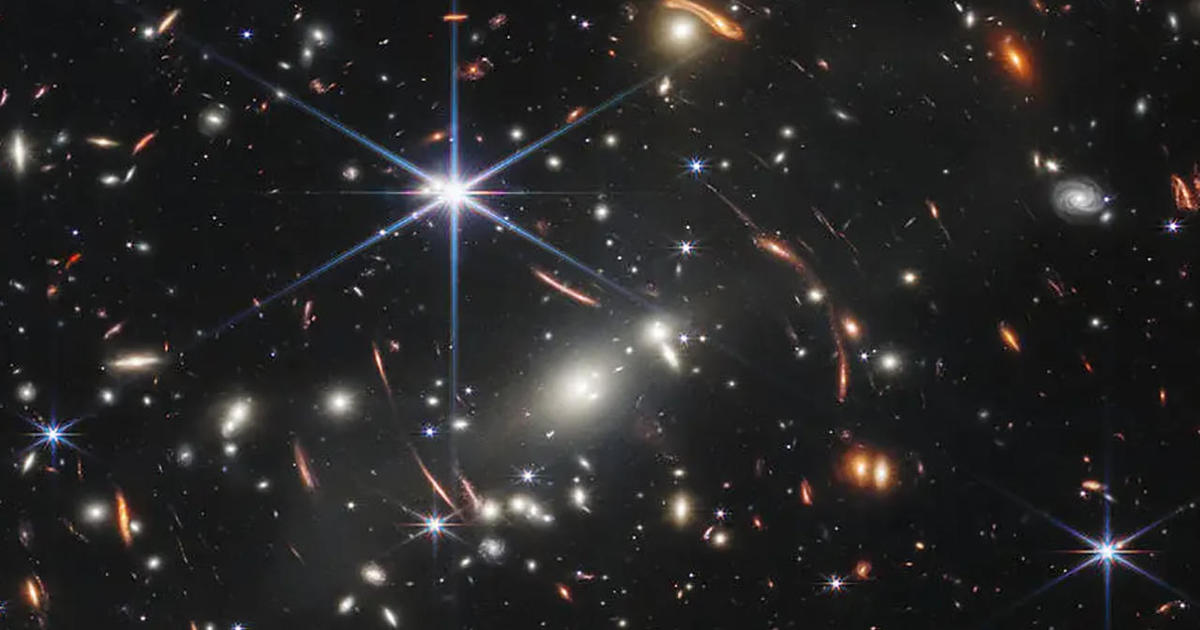
The James Webb Space Telescope's continued gifts
CBSN
The story of Christmas features a miraculous astronomical sight. But this Christmas, we're blessed with an abundance of new miraculous visions from the skies, courtesy of the James Webb Space Telescope, which lifted off on Christmas Day two years ago ... from Jupiter and its rings (a mere 385 million miles away), to the Carina Nebula (7,500 light-years away), the Phantom Galaxy (32 million light-years away), and the deepest regions of space (13 billion light-years away).
In 1989, NASA began thinking about a successor to the Hubble Telescope. The new machine would have massive gold-plated lenses that could detect infrared light – invisible to our eyes, but capable of passing through dust and gases, 100 times farther into the universe. The Webb would also be much bigger than the Hubble: three stories tall and 70 feet wide, too big to fit into any existing rocket. NASA's solution? Fold it up.
Scott Willoughby oversaw the Webb's construction at Northrup Grumman. Ten days before launch in 2021, he explained to "Sunday Morning" the complexity of the unfolding process: "They have things that are called single-point failures – this has to move this way, and there's only one of 'em. And Webb has over 300 of those."
